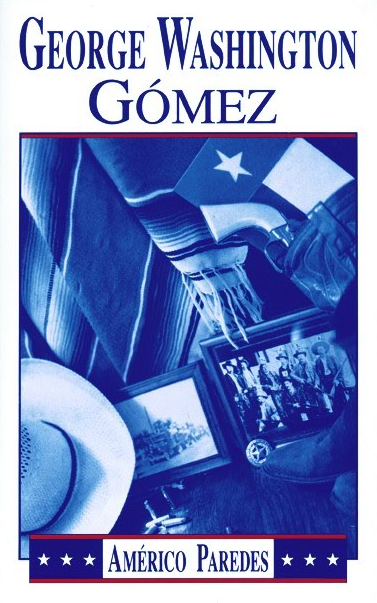*Last week’s Supreme Court ruling on affirmative action was great, but it’s a first step on a long road back. What more can be done? VL
By Al Kauffman, NewsTaco
In the Fisher vs. University of Texas case last week, the U.S. Supreme Court upheld the very limited use of race as one minor factor in admitting qualified students to UT-Austin. The justices made the correct decision, and protected equal opportunity and diversity in Texas and the nation.
Without the decision, the stark and tragic underrepresentation of Latinos and African-Americans at the most competitive universities and graduate and professional schools would grow even worse. Texas will soon be home to a majority “minority” population, and we must ensure that we are producing a set of leaders who reflect those populations.
But the decision should have been much stronger in support of affirmative action and allowed universities more, not less, flexibility on whom to admit to their institutions. These institutions are the ladders to the leadership of Texas in medicine, law, government, politics and business.
The Fisher case followed a long set of opinions that have retreated from real affirmative action and equal opportunity.
In 1978, the University of California vs. Bakke decision proscribed any use of quotas in designating seats at a medical school for underrepresented populations. The Supreme Court supported the use of race as one factor in making decisions based on the necessity of diversity in higher education. The court did not require universities to have tried, unsuccessfully, all other ways to promote diversity. It simply said universities could use race as only one factor.
In the 1980s and 1990s, the Supreme Court used a less demanding standard when reviewing policies designed to help groups historically underrepresented than when reviewing policies that hurt underrepresented groups. The court realized that policies to benefit minority groups are more likely to be benign than policies meant to harm minority groups.
In the 1990s, the Supreme Court slowly retreated from this reasonable approach.
Since the mid-1990s, the Supreme Court has reviewed policies designed to increase the minority representation at a university with the same level of review that it has applied to a policy meant to increase the white representation at the university. This new standard makes for great sound bites: “We are all equal” and “Discrimination is discrimination.” But this type of review ignores the history of the United States and Texas in particular.
We have a dearth of minority representation in professions, in corporate boards and among officers, and in government. We do not have a dearth of white representation in these careers with such profound effects on society.
The Supreme Court also held in the 1980s and 1990s that even the limited use of race could not be justified based on the broad societal discrimination we all know has existed for the history of our country. This made affirmative action almost impossible.
Finally, in 2003, the Supreme Court upheld the very limited use of race in admissions to the University of Michigan Law School but reversed the use of race by the University of Michigan undergraduate school. These decisions upheld affirmative action but placed almost impossible burdens on university officials and invited further litigation.
Read more NewsTaco stories on Facebook. >>
The Fisher decision is positive only when viewed through the perspective of the decades of mistakes by the court. Denial of access to our most prestigious universities denies access to the top levels of business, professions, government and the military.
Those of us interested in a fair society must continue to struggle to strengthen affirmative action plans to make sure that students of all racial ethnic groups have equal opportunity to be admitted to the finest universities and graduate and professional schools. We must avoid overreliance on tools such as standardized tests and access to the best high school programs that continue to weed out qualified minority applicants. We must not be ignorant of the gradual dilution of this country’s dedication to equal rights exemplified by the Civil Rights Acts of the 1960s and 1970s.
And we must hold our leaders at all levels accountable for their failures to fight for equal opportunity.
Al Kauffman is a law professor at St. Mary’s University School of Law in San Antonio. He has litigated and taught issues of affirmative action and other civil rights issues for 40 years.
[Photo courtesy Ariane de Vogue Twitter Stream]Sugegested reading



